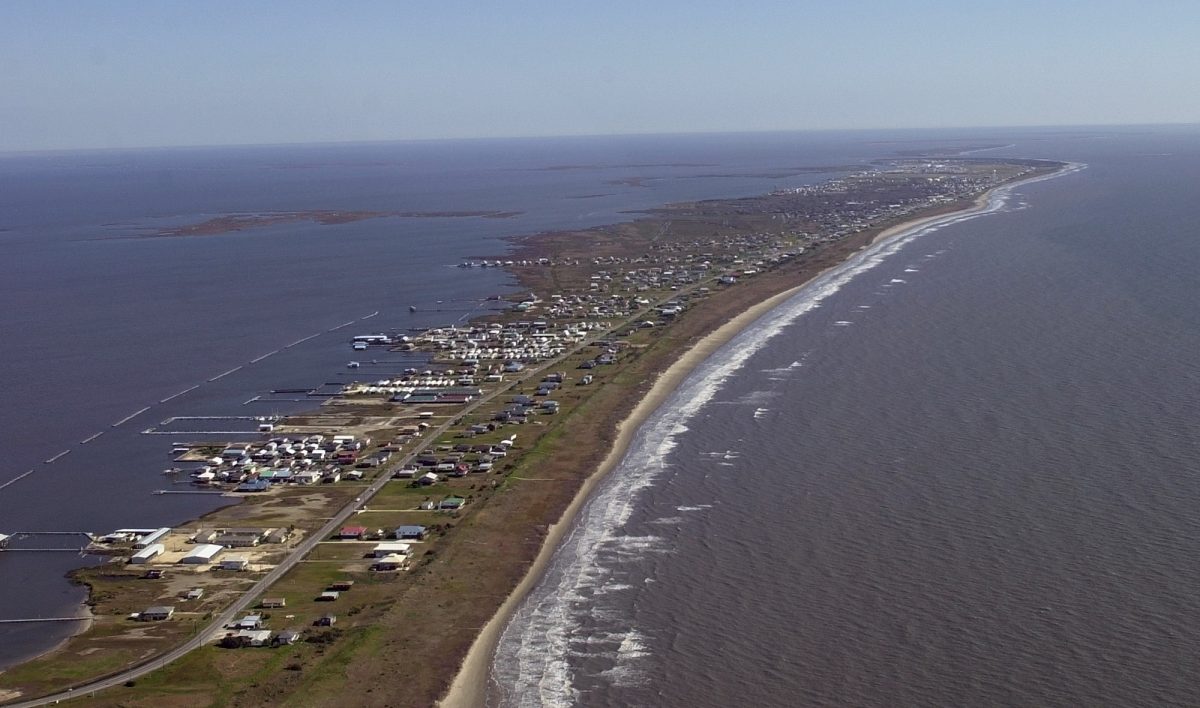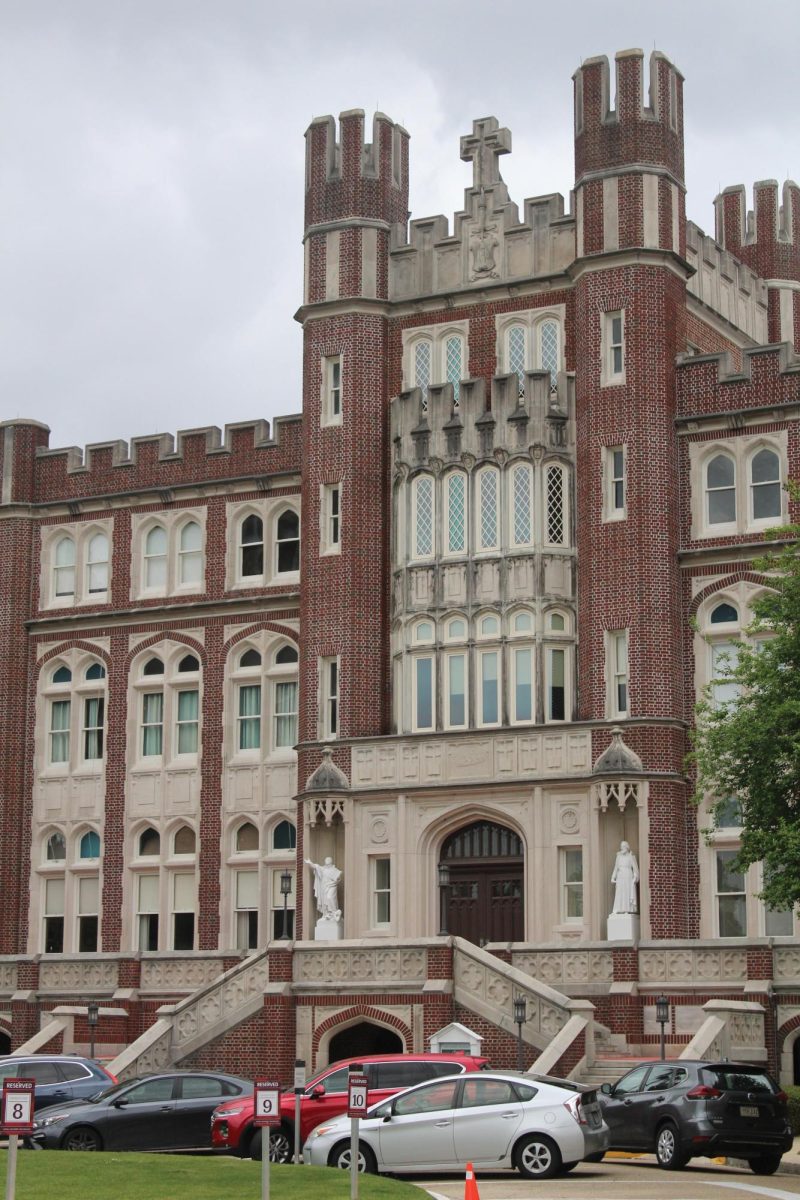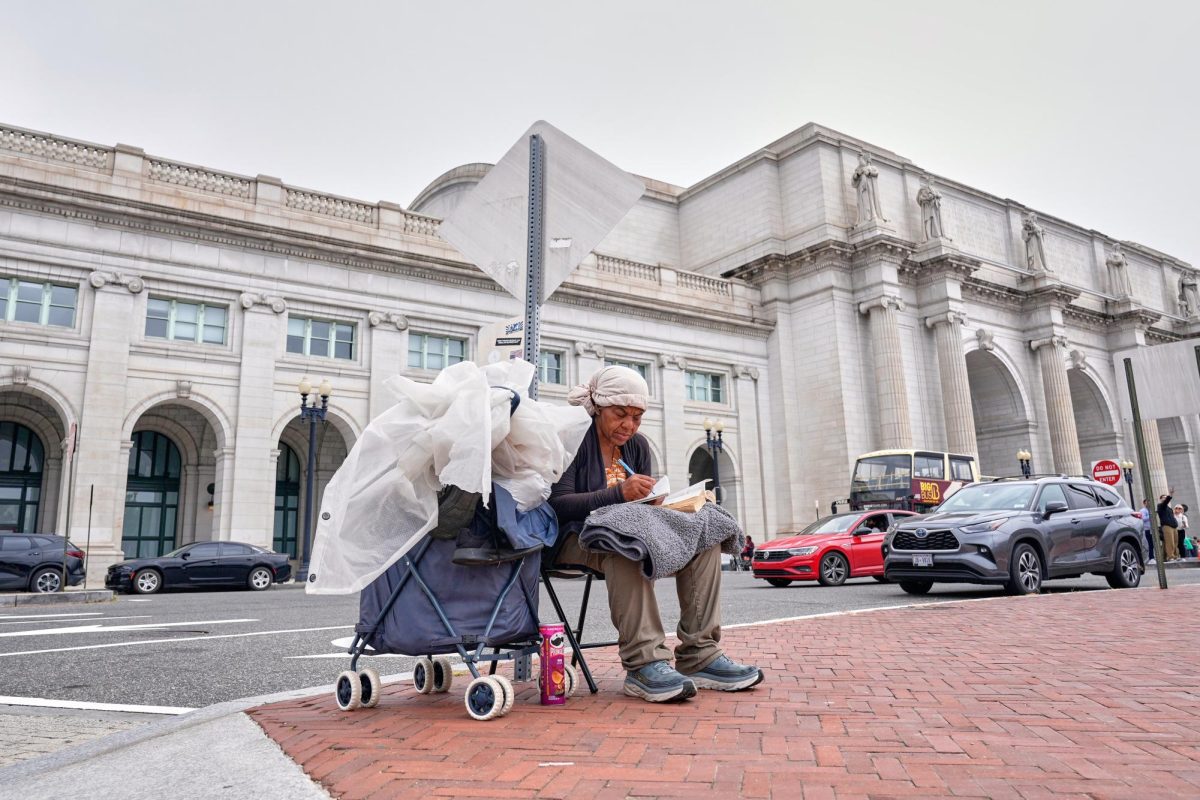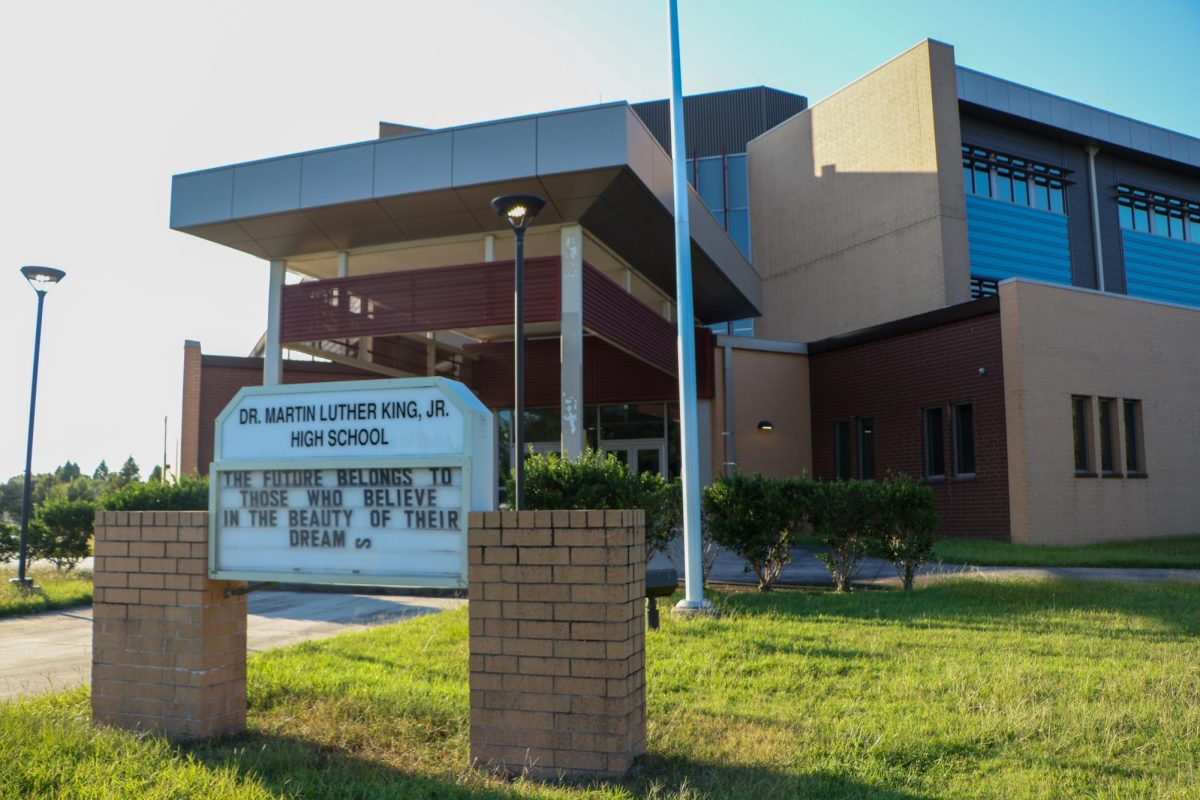Louisiana is slowly disappearing. Coastlines and beaches are receding while hurricanes have been growing stronger.
The reason is coastal erosion, which is the wearing down of land by sea involving waves, currents, waterborne ice, windstorms, and tides.
“The effects are devastating for those who took direct hits from the hurricanes. For example, parts of Gulf Coast Florida were still recovering from Hurricane Ian that hit in 2022 when Hurricane Milton hit as a category three on Oct. 9,” Aimee K. Thomas, professor of biological sciences, said.
Coastal erosion leads to land collapse, damaging buildings along the coastline.
According to ScienceDirect, human activities like dredging and shoreline hardening have increased the damage. Because of that, coastal infrastructure has lost a level of protection from the water.
Additionally, dunes and mangroves are defenses against coastal natural disasters. Losing them is one of many signals of nature’s vulnerabilities against these disasters.
In the last 20 years, natural disasters have increased from around 100 to 400 annually. The previous five years, the United States alone averaged about 20.4 events every year.
“We must take a multifaceted approach to rebuild our wetlands. Some of the projects occurring now to rebuild our coastline include sediment diversions, replanting marsh plant species – which help keep soil from erosion, and innovative projects like oyster shell recycling, Christmas tree deployment, and glass recycling back to sand to rebuild. There are many local non-profits doing this great work, like the Coalition to Restore Coastal Louisiana and Glass Half-full,” Thomas said.














